Robert M. Gagné was an educational psychologist and researcher who studied the science of learning. In 1965, he published his first book, The Conditions of Learning, which identified the mental conditions that are necessary for learning. He divides these conditions into two groups: internal and external.
Internal conditions are the learner’s background knowledge, or their established level of understanding of a topic or subject matter. External conditions are the stimuli (i.e. the instruction) provided to the learner. Gagné believed considering these conditions and their effect on the learning process is essential to creating instructional materials that will improve a learner’s active recall.
Gagné’s Nine Events of Instruction is an instructional design framework based on how information processing works when a learner is exposed to educational stimuli. His framework outlines nine steps instructors should take to ensure their students have all the necessary mental elements to learn effectively.
Gagné’s Nine Events are popular among educators, training specialists, and instructional designers due to the framework’s focus on creating engaging lessons that maximize knowledge retention.
Gagné’s Nine Events of Instruction
Gagné’s Nine Events of Instruction can be divided into three segments:
Preparation
1. Gaining attention
2. Stating objectives
3. Stimulating recall from prior learning
Instruction and practice
4. Presenting educational stimulus
5. Providing learning guidance
6. Eliciting performance
7. Providing feedback
Assessment and transfer
8. Assessing performance
9. Enhancing retention and transfer

Because your learners’ background knowledge and other internal conditions will vary, your implementation of Gagné’s Nine Events of Instruction will continue to shift and evolve over time based on your desired learning outcomes.
Applying the Framework
1. Gain Attention
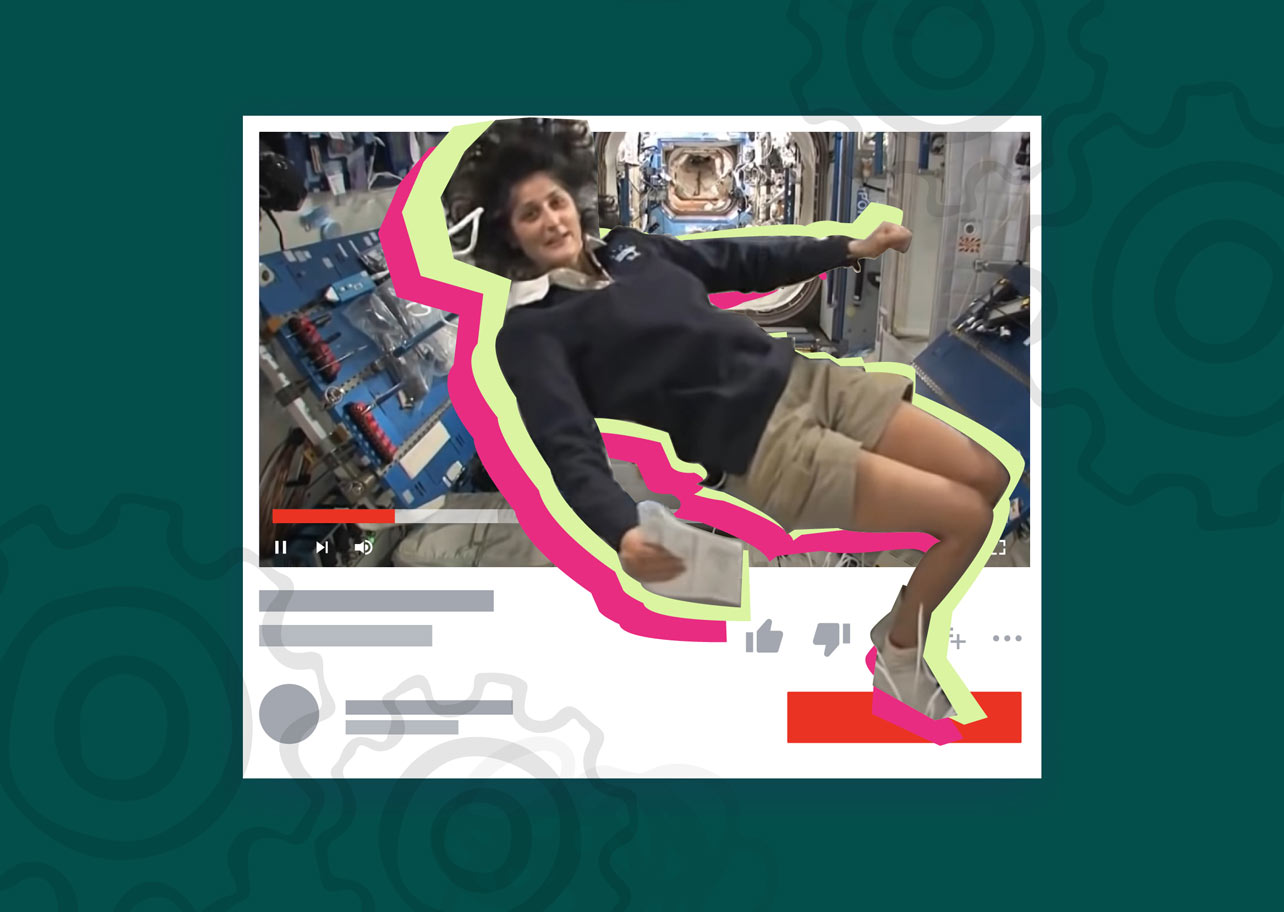
The first step in Gagné’s framework is to arouse your learners’ curiosity. Think of your lesson as a story. Every story needs a good hook to draw the audience in. If your learners aren’t interested in what you’re teaching, they’re not going to pay attention.
Some tips for grabbing their attention:
- Begin with a hands-on learning activity.
- Discuss a current event as a group.
- Ask a probing question.
- Introduce the topic with a brief video.
2. State Objectives

The second step in a well-crafted lesson is to tell students what they can expect to learn and how this knowledge can be applied in real life. Students will likely be more engaged if they believe what they are learning has practical application outside of the classroom.
If you decide to pique your learners’ interest with a video, consider looking for videos that relate to how they will use what they learn in your class. For example, if you’re teaching a group of aeronautical engineers about the International Space Station, make sure your video includes a section on how the spacecraft are designed and tested.
3. Stimulate recall from prior learning

Gagné advises instructors to make connections between what students already know and what they are about to learn. By creating associations, new information is more easily absorbed into long-term memories.
REACHUM’s instructional design platform includes a variety of formative assessment activities that make stimulating recall of prior learning both fun and engaging.
Assigning an ungraded pretest will help you get a baseline understanding of what your students already know and what you need to teach them.
4. Present educational stimulus
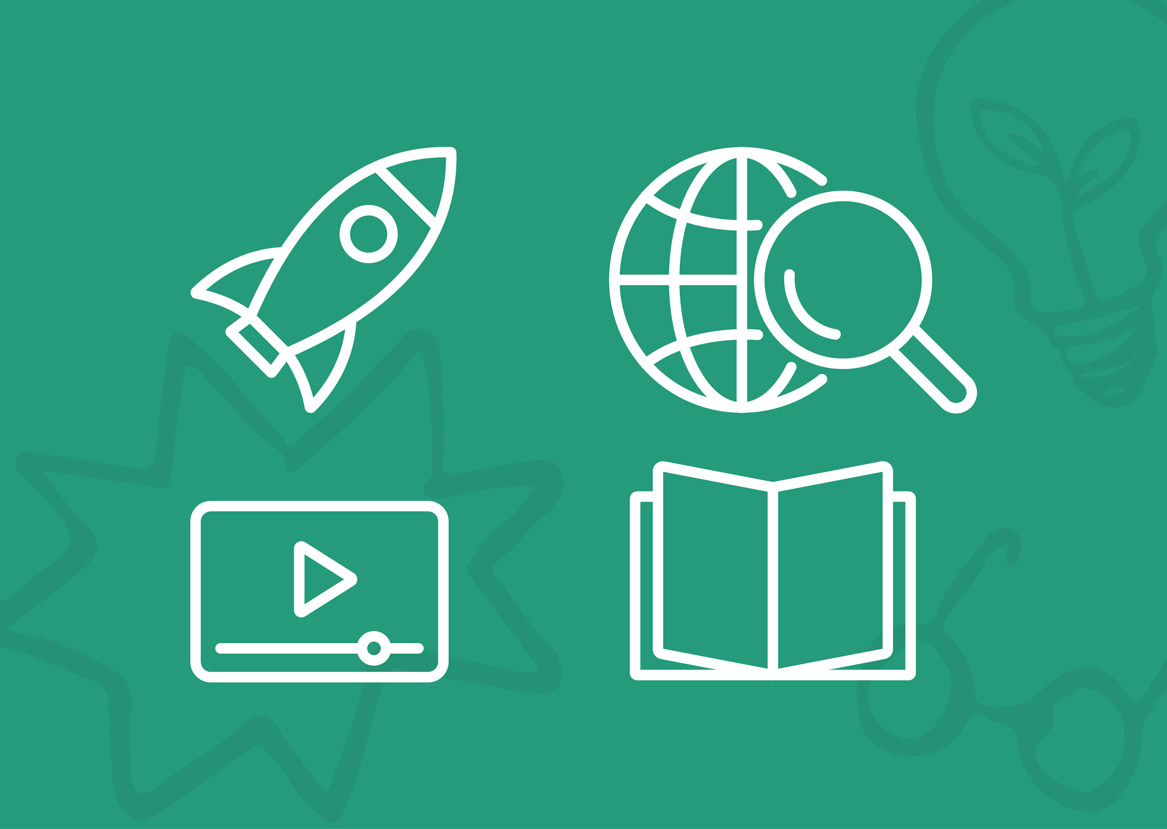
Once you have a thorough understanding of your students’ background knowledge, you can advance to creating and delivering learning content that will fill in the knowledge gaps between what your students already know and what the desired learning outcome is for the lesson.
Because your students will almost always have different learning needs, differentiated instruction is key for designing learning experiences that will resonate with your class as a whole.
Use multiple media to deliver information. Multimodal teaching will help ensure your message is resonating with a larger majority of students. With REACHUM, you can mix photos, slides, videos, animations, games, whiteboards, webpages, and more.
Students will be less likely to become bored and disengaged with multimedia instruction. Think about it – would you rather be in a classroom where the instructor stands at the front of the room and lectures for the entire class? Or, would you rather be in a classroom where the instructor uses lecture slides, videos, class discussions, gamification, and a variety of additional teaching methods?
5. Provide Guidance
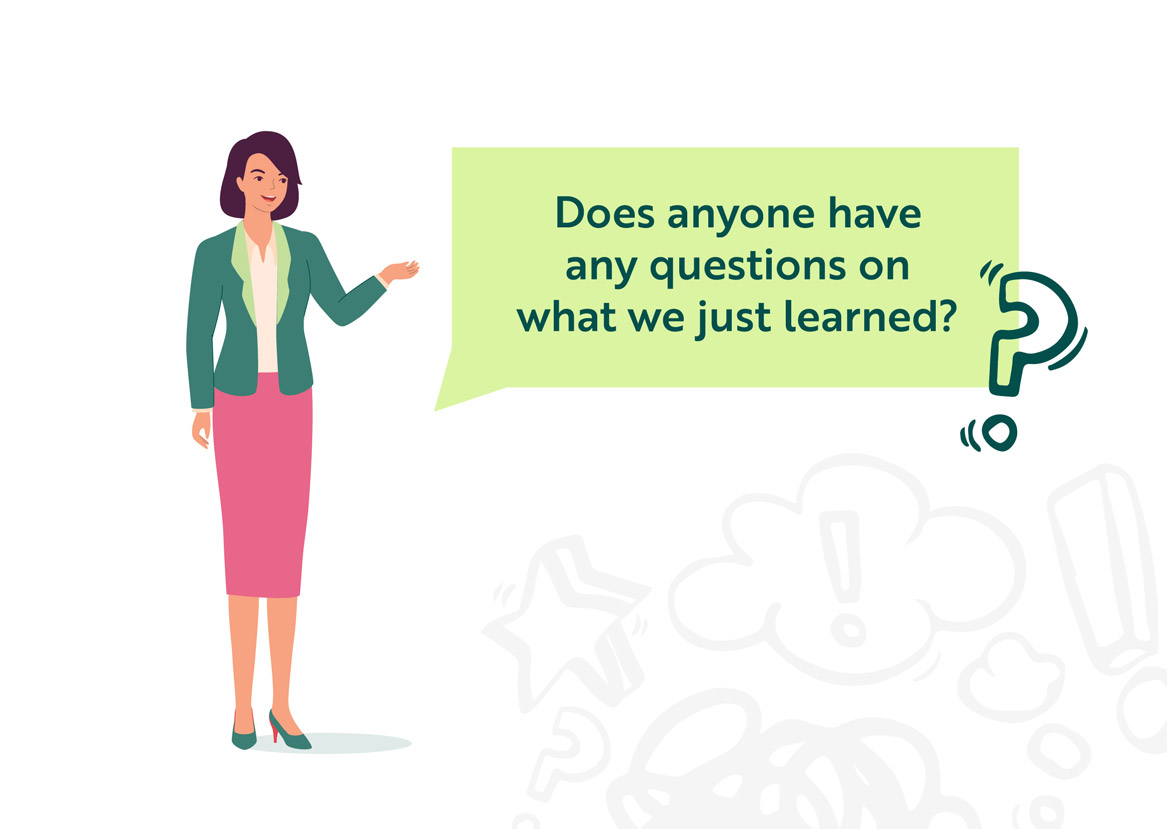
Classroom discussions are a key component in knowledge retention. Instructors can facilitate student learning by collaborating on practice problems, initiating breakout groups, and answering students’ questions surrounding the new material.
6. Elicit Performance

Gagné urges instructors to encourage students to put what they learned into practice. Instructors can provide learners with classroom exercises or role play scenarios that allow them to apply their newly gained knowledge.
Much like grabbing your audiences’ attention and stating learning objectives, your practice activities should include scenarios that have real world impact for your learners.
7. Provide Feedback

Throughout the entire learning process, Gagné urges instructors to provide continuous feedback to the entire class on general opportunities for improvement. He also highlights the importance of privately and individually addressing roadblocks specific students are facing.
Since learning is cumulative, it is important that students receive feedback immediately. Each building block of knowledge is dependent on acquiring and understanding the prior block. You may need to adjust your course material on the fly or return to parts of previous lessons as a class.
Since learning is cumulative, it is important that students receive feedback immediately. Each building block of knowledge is dependent on acquiring and understanding the prior block.
8. Assess Performance
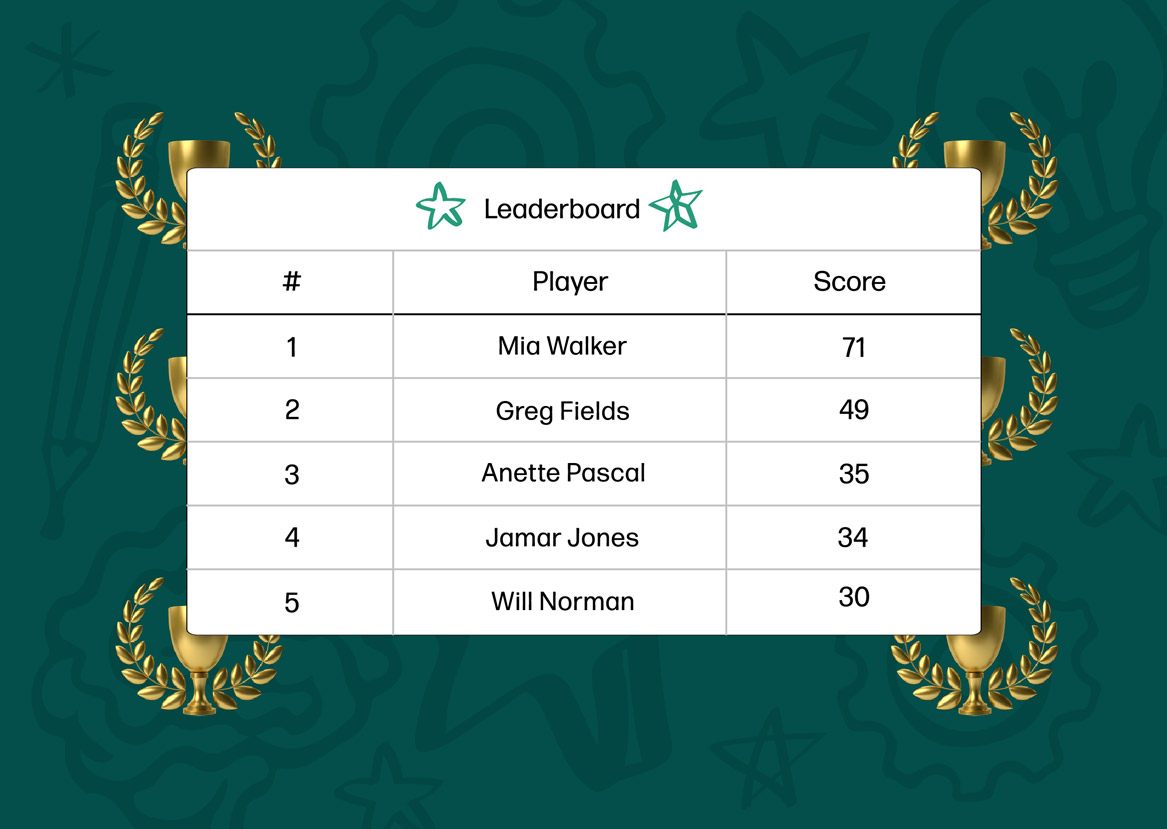
Employing education technology features such as REACHUM’s game-based learning tools can provide you with real-time data for assessing student performance. Leaderboard game data can also help you understand what’s working and what’s not and allow you to clear up any confusion or misunderstandings while the lesson is still top of mind for your learners.
9. Enhance Retention and Transfer
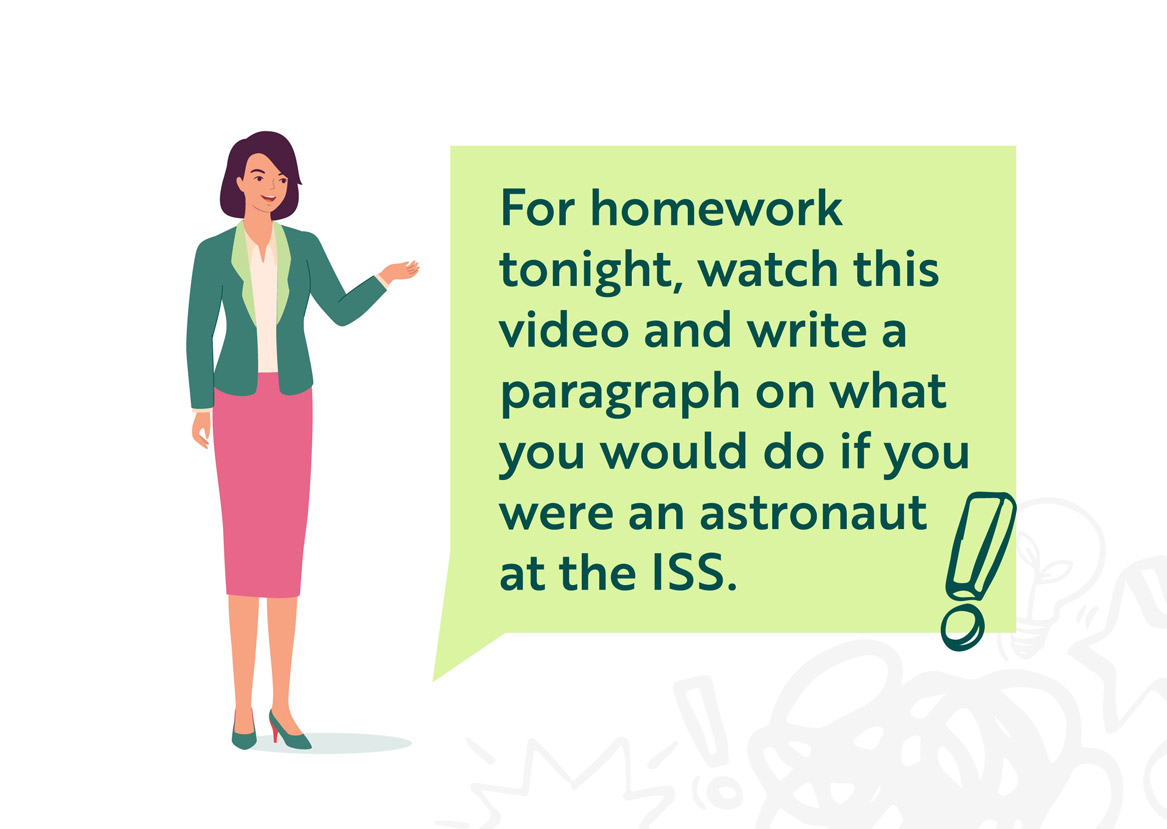
Gagné’s final instruction event is to ensure the transfer of knowledge from short term memory to long term memory. This is where homework comes in. Instructors can improve long term active recall by having students reflect on, write about, or discuss what they learned during the lesson. Once again, students should ideally be applying their new knowledge or skills to real life situations.
Demonstrating the practical value of your instruction is tantamount to delivering a lesson your class will never forget.
Learning Experience Design with Gagné’s Nine Events

While this nine-step instructional design model may seem daunting to implement, education technology products like REACHUM’s advanced learning platform make it quick and easy to bring Gagné’s framework to life!
Conclusion
Gagné’s Nine Events of Instruction is a valuable instructional design framework for creating engaging lessons designed to enhance information processing.
REACHUM’s lesson planning tools for educators and workplace training specialists make implementing Gagné’s framework a breeze by providing all the necessary tools to grab and hold your students’ attention while increasing material comprehension and retention.
Interested in learning more about instructional design and lesson planning solutions?
We’re passionate about helping instructors make education more accessible for learners. Follow us on LinkedIn for more teaching tips and tricks. To learn more about REACHUM’s education technology, book a demo with one of our experts or sign up for a 14-day free trial to experience our lesson planning tools for yourself.
